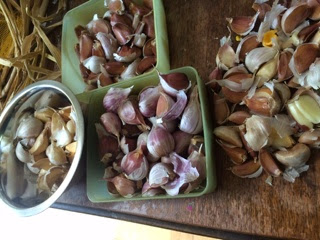I love sunflowers "
just because."
They are bright and they make me happy. They have faces that smile as they look down on me.
But I also love sunflowers for all the critters they attract to my garden. I have had much joy taking photos of ladybugs, flies, bees, ants, sunflowers and beetles climbing over my sunflowers.
Lately my backyard garden has been looking all kinds of shaggy because we are in transition to the cooler months of the year. The sunflowers are drooping. The once bright yellow petals are turning brown and falling off.
But this brings a different kind of happiness. For one, the plants coming to the end of their cycle and producing seeds is it's own kind of gorgeousness. One of my favourite hashtags on Instagram is #lovelydeadcrap. The feed is filled with amazing photographs of decaying plants, which is often overlooked as a source of beauty.
For another, the seeds the plants produce are a source of food for critters like squirrels and birds.
This morning the sunflower stalks moved and swayed but not from the breeze. There are a dozen little birds feasting on the sunflower seeds that are exposed. We don't see as many little birds as we used to, so this is a welcome sight.
We have seen chickadees, finches and sparrows swooping in and dashing away. We don't need a bird feeder because we have nature's bird feeder. It makes me happy that I decided against pulling up most of the sunflowers to make room for my fall garden.
Gardening brings such joy year round.
If you are on Instagram, I'm
crustyroll35. Let's connect!

















































